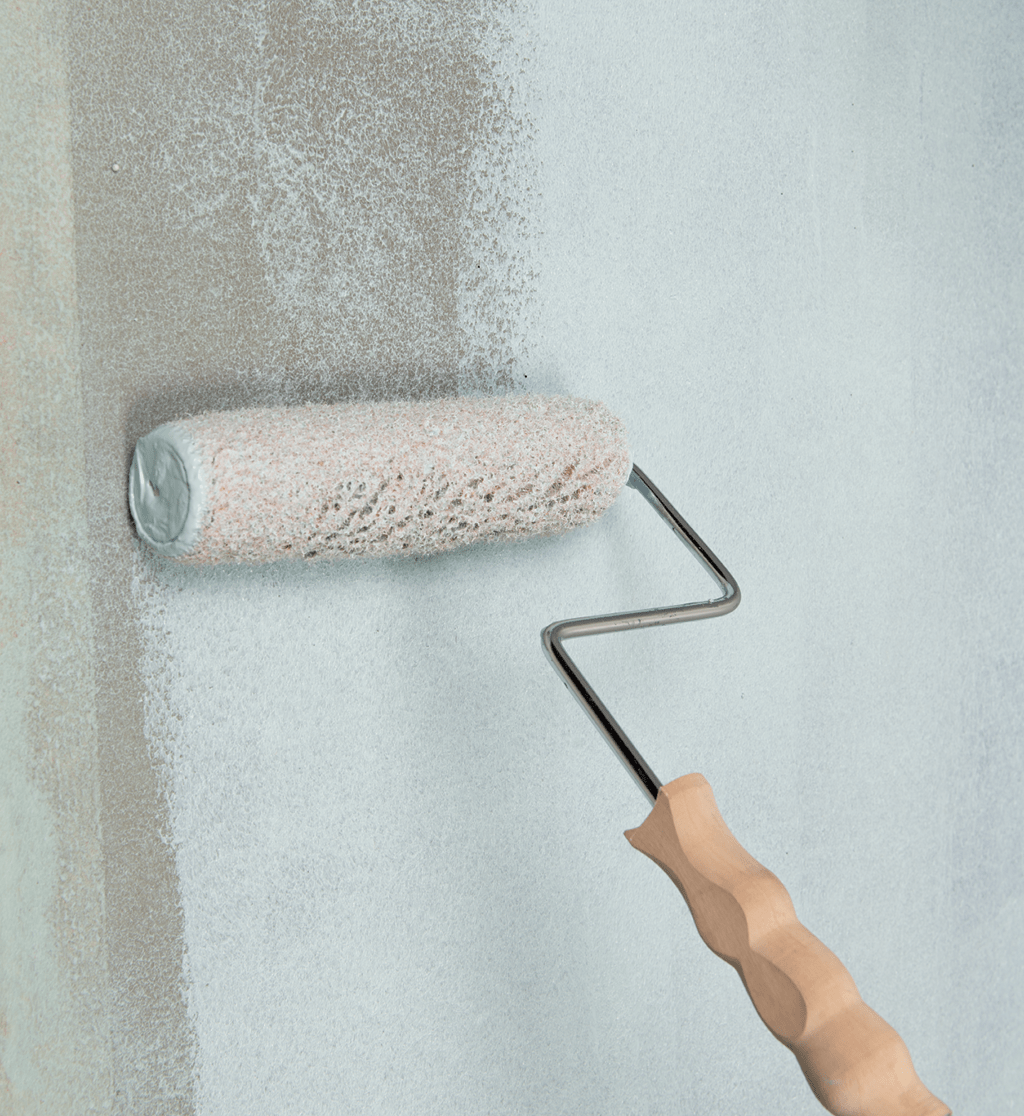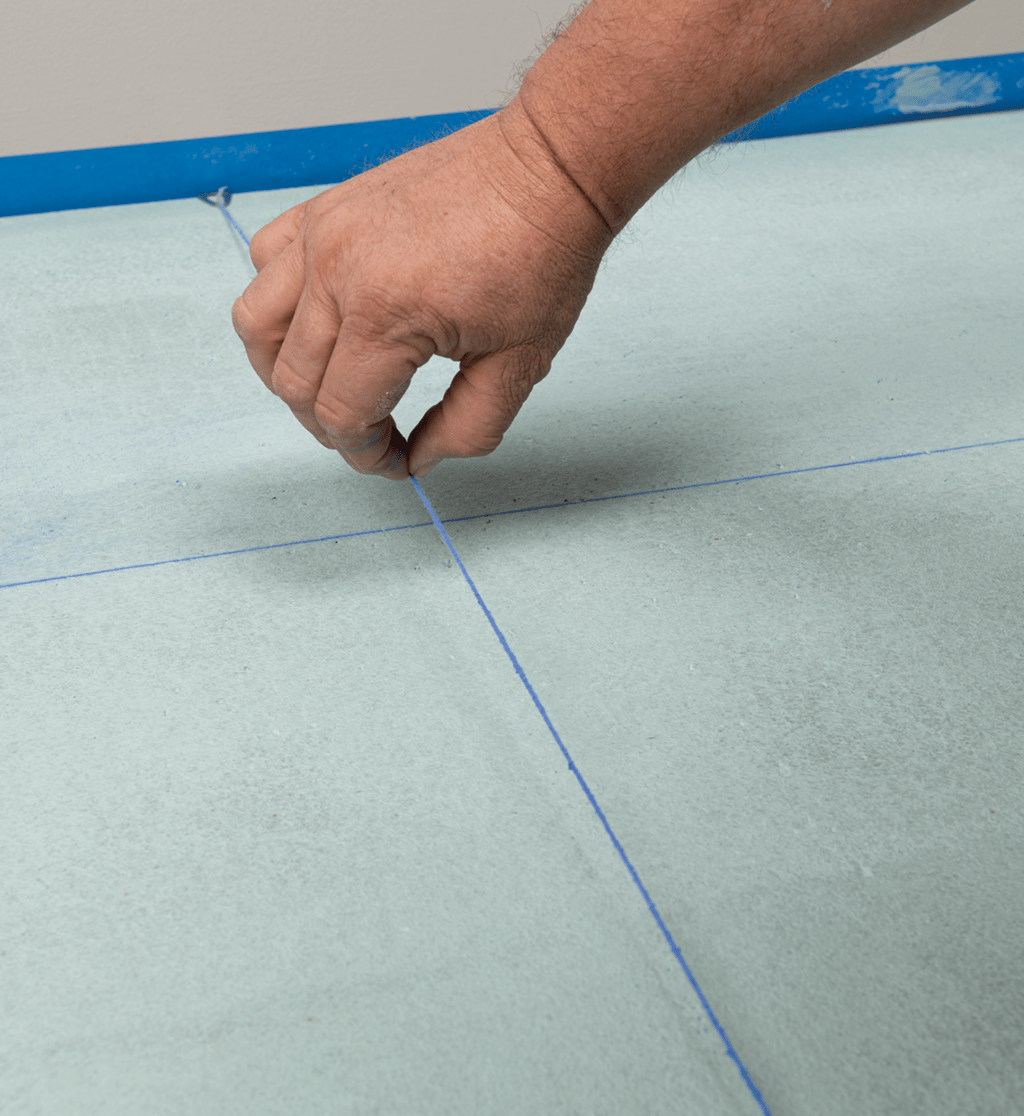 All over Québec and Canada the race is on to renovate and build new bathrooms. As any real-estate agent knows, buyers are attracted to homes with new-look bathrooms and high-end finishes, such as large and heavy tiles that simply were not possible a few decades ago.
All over Québec and Canada the race is on to renovate and build new bathrooms. As any real-estate agent knows, buyers are attracted to homes with new-look bathrooms and high-end finishes, such as large and heavy tiles that simply were not possible a few decades ago.
In director Ridley Scott’s film “House of Gucci”, a scene set in Milan in the 1980s called for a young Maurizio Gucci (played by Adam Driver) to be answering the phone in his home. It is a credit to the set decorators that the interior walls of the house feature white square tiles that are only about two or three inches (5 to 7.6 centimeters) to a side. It was only possible later in that decade to even think about using larger tiles and the aesthetic possibilities that they bring, thanks to improved kiln technology.
Technological improvements were made to setting materials as well; nevertheless, architects and specifiers needed to make assurances that their flashy and luxurious bathrooms would stand up to the test of time. And as any building inspector knows, water infiltration is the archenemy of any structure’s longevity, whether the structure is covered with traditional tile or newer types of coverings such as luxury vinyl tile (LVT).
With fine finishes comes the burden of proof in the waterproofing. Hence, ensuring that shower installations can pass a flood test has become a matter of great importance. The prospect of a beautiful installation getting ruined in short order from moisture or mold that is caused by water infiltration is one of an installer’s worst nightmares.
MAPEI (also based in Milan) was front and center in finding innovative new ways to waterproof showers and wet environments. The traditional shower pan never went entirely out of fashion, but the advent of new liquid-rubber membrane technology made a huge improvement in protecting high-end finishes, as well as building structures, from water penetration in wet environments.
These roller-applied membranes do not have to add too much installation time either. When you use a fast-drying product, you only need to wait a few hours before performing the flood test.
That said, there is a lot more to it than simply looking up “how long to flood-test shower” in your search bar. Let us get started with an understanding of the different types of waterproofing membranes that are available.
 Let us look at Mapelastic AquaDefense for example, using the industry standard for flood-testing (per ASTM D5957 [2005]). As defined in the product’s Technical Data Sheet (TDS), the membrane must be allowed to cure at least 12 hours at 73°F (23°C) and 50% relative humidity before flood-testing.
Let us look at Mapelastic AquaDefense for example, using the industry standard for flood-testing (per ASTM D5957 [2005]). As defined in the product’s Technical Data Sheet (TDS), the membrane must be allowed to cure at least 12 hours at 73°F (23°C) and 50% relative humidity before flood-testing.
Actual curing time depends on air and substrate temperature, substrate porosity and humidity. Expect shorter drying times in warmer conditions, and longer drying times in cooler conditions.
Once Mapelastic AquaDefense is cured, it is important to conduct a flood test according to local plumbing codes. A typical shower will need at least a couple of inches of water depth over a period of 24 hours to assess whether the membrane was applied appropriately for the task, with no discernable leakage.
Problems may arise based upon an improperly prepared substrate, so installers must be sure to follow the surface-preparation recommendations in the Mapelastic AquaDefense TDS thoroughly.
One of the reasons why people cut corners by not waterproofing their tile or stone installation is the prospect of the added time and cost that it could entail. Time and cost should not stop you from building responsibly as well as beautifully, which is why MAPEI developed FastTrack Ready products that are less fussy for installers and that do not make the prospect of adding waterproofing overly burdensome.
Perhaps MAPEI’s most popular roller-applied membrane, Mapelastic AquaDefense has recently been relaunched with a new tint to enhance visibility during application. Used for waterproofing showers as well as swimming pools, Mapelastic AquaDefense is a high-performance, liquid-rubber membrane. It is IAPMO-listed for use as a shower-pan liner and exceeds the ANSI A118.10 industry standard (Waterproofing Membranes for Thin-Set Ceramic Tile).
Mapelastic AquaDefense provides a thin, continuous barrier to protect adjacent rooms and floors below from water damage, and it doubles as a crack-isolation membrane for tile or stone coverings.
What installers might appreciate most about Mapelastic AquaDefense is how its application is so straightforward due to it being premixed. It is also extremely quick-drying and can receive any MAPEI polymer or epoxy mortar after 30 to 50 minutes. (If a flood test is part of the specification, the testing can be done after 12 hours.)
For common problem areas like coves, corners, cracks and drains, Mapelastic AquaDefense can be combined with MAPEI’s optional Reinforcing Fabric or Mapeband accessories (cove roll and drain flash) to provide additional protection.
For those who need to go premium, look to Mapelastic Turbo membrane. It not only meets or exceeds the waterproofing standards of Mapelastic AquaDefense, it also comes with an improved moisture vapor emission rate (MVER) of 12 lbs. (5.44 kg) that adds advanced moisture protection to the substrate and coverings.
As its name suggests, Mapelastic Turbo does not take long to apply or to cure and no other solution can beat it for curing time before flood-testing – at 3 to 4 hours.

For interior jobs where time is less of a factor, a third easy-to-apply liquid membrane option that is available is Mapelastic HPG. Like the others, it exceeds the ANSI A118.10 standard for waterproofing; it can also be combined with Fiberglass Mesh or Mapeband accessories to provide crack isolation. Its formulation is highly flexible and allows for roller, trowel or brush application.
For areas where a waterproofing barrier is needed to handle intermittent wet or submerged environments, a professional, cement-based product such as Mapelastic 315 membrane may do the trick. This product can be used for interior or exterior waterproofing and can be trowel-applied, making it great for vertical as well as horizontal applications.
Mapelastic 315 provides an excellent barrier to prevent water from migrating into other areas and it is often used in commercial and industrial areas for tile and stone coverings. It is ideal for multi-family or multi-storey buildings where high-quality waterproofing is imperative to prevent water damage in rooms adjacent or below.
Whatever solution is appropriate, the passing of a flood test is an important step in making sure that the shower installation is a success. If any questions arise, MAPEI Technical Support is just a phone call away at 1-800-361-9309.
Jonathan Clavet
Jonathan Clavet has been in the construction industry for over 20 years, receiving his BEng (Construction) in 2012 from École de technologie supérieure in Montreal, Quebec. He is Director of Technical Services at MAPEI Canada, which is based in Laval, Quebec.
Comments
Load more comments